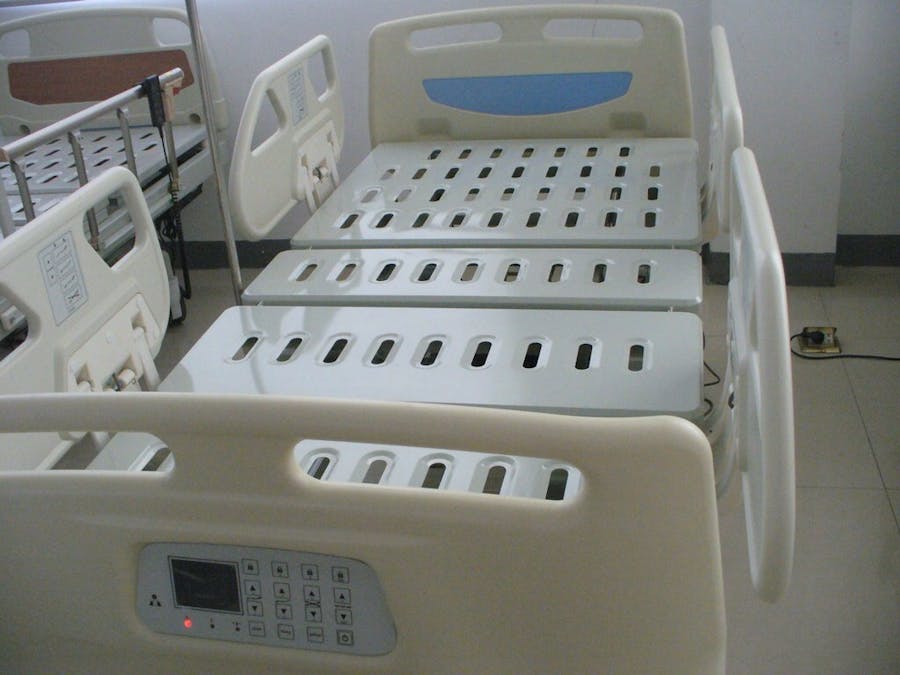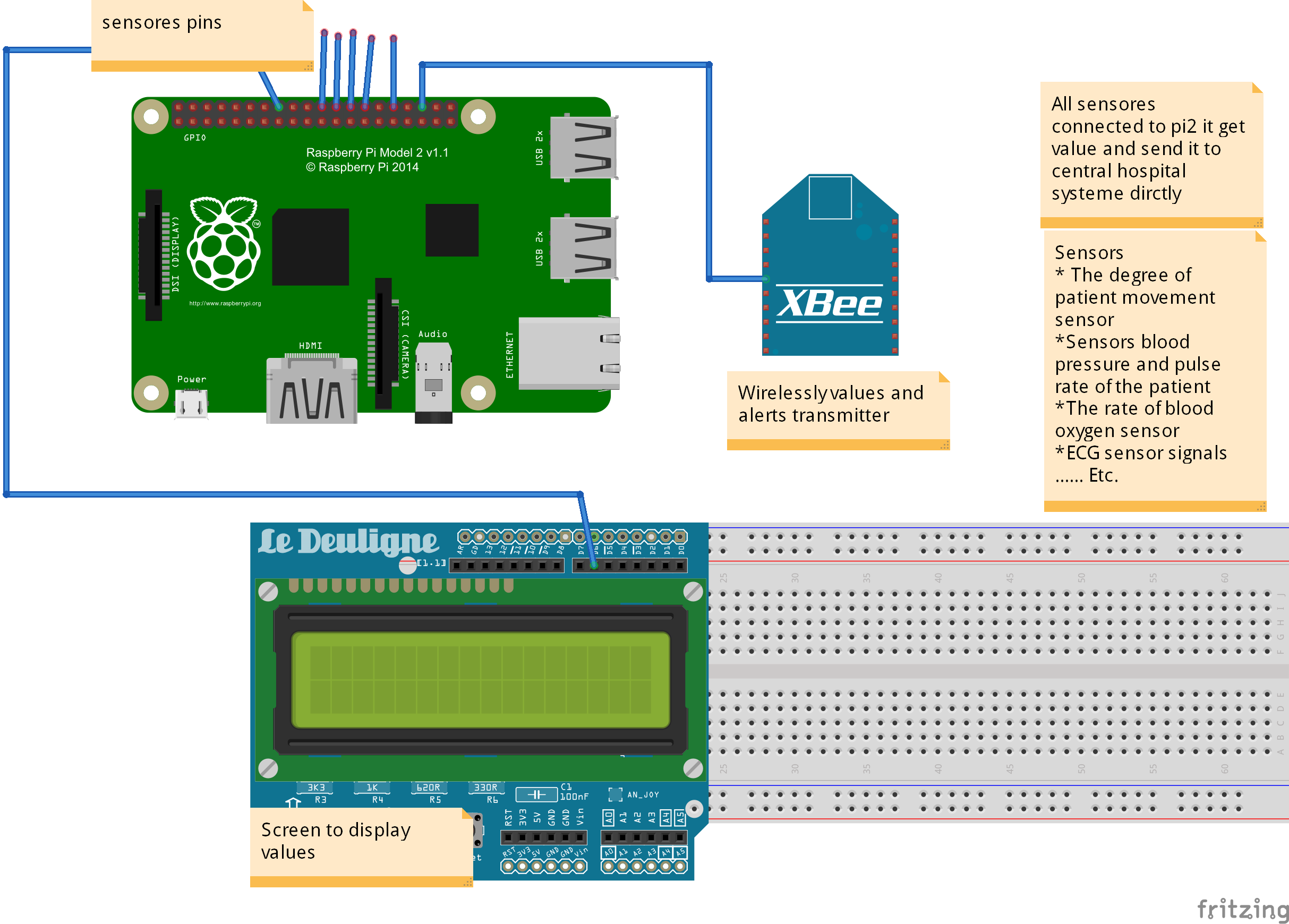Raspberry pi and Windows 10 powered device that transmits patient data to caregivers wherever they are, instantaneouslyI
Details
Smart Hospital Bed
contain sensors as temperature sensor heartbeat and pressure sensors and the level of oxygen in the blood and .... etc. All the signals necessary for the supervisor of the patient, the system is located on the bed and tied Sensor . transfer all patient signals, especially cases that need intense care. Signals are sent to the central system at the hospital across the Web in the form of a detailed report the status of the patient during certain periods of time. And in the case of a sudden change of the status of the patient occurrence of the system to send alerts. To the hospital System and Dr. supervisor alerted through the application of Smart mobile bed and the patient's bed issued an audio alert . three alerts be action
BY using IOT
IoT in healthcare solutions refers to the use of connected devices and sensors to collect and analyze patient data. This data can be used to improve patient care, reduce costs, and promote preventative care.
Here are some examples of IoT in healthcare solutions:
Remote patient monitoring: IoT devices can be used to monitor patients remotely, collecting data such as heart rate, blood pressure, and respiratory rate. This data can be transmitted to healthcare providers in real time, allowing them to track the patient's condition and intervene early if necessary.
Medication management: IoT devices can be used to help patients manage their medications. For example, smart pill bottles can remind patients to take their medications on time and track their adherence.
Chronic disease management: IoT devices can be used to help patients manage chronic diseases such as diabetes and heart disease. For example, smart insulin pumps can automatically deliver the correct dose of insulin to patients based on their blood sugar levels.
Fall detection: IoT devices can be used to detect falls in elderly patients and send alerts to caregivers. This can help to prevent serious injuries.
Asset tracking: IoT devices can be used to track the location and movement of medical assets such as equipment and inventory. This can help to improve efficiency and reduce costs.
IoT in healthcare solutions has the potential to revolutionize the way healthcare is delivered. By making it possible to collect and analyze patient data in real time, IoT can help healthcare providers to make better decisions about patient care and improve patient outcomes.
Here are some of the benefits of using IoT in healthcare solutions:
Improved patient care: IoT can help healthcare providers to monitor patients more closely and provide more timely and personalized care.
Reduced costs: IoT can help to reduce healthcare costs by improving efficiency and preventing unnecessary hospital visits.
Promoted preventative care: IoT can help to promote preventative care by providing patients with the information and tools they need to manage their health.
Increased patient satisfaction: IoT can help to improve patient satisfaction by making healthcare more convenient and accessible.
Overall, IoT has the potential to have a significant impact on the healthcare industry. By improving patient care, reducing costs, and promoting preventative care, IoT can help to create a healthier and more sustainable healthcare system.











Comments
Please log in or sign up to comment.